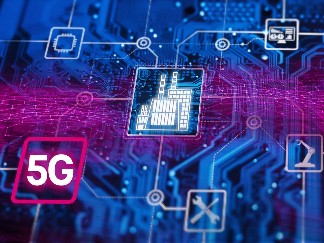
5G Enhanced Mobile Broadband
5G Enhanced Mobile Broadband (eMBB) is one of the key use cases defined in the 5G technology framework. It focuses on providing high-speed mobile broadband […]

5G Enhanced Mobile Broadband (eMBB) is one of the key use cases defined in the 5G technology framework. It focuses on providing high-speed mobile broadband […]
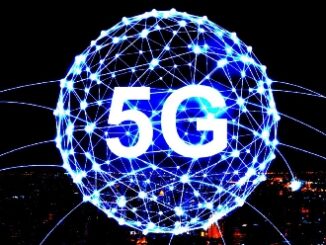
5G network equipment refers to the hardware and software components used to support the deployment and operation of 5G wireless networks. These networks are designed […]
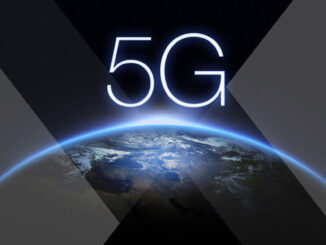
5G (Fifth Generation) wireless technology is a global wireless network that enables faster data speeds, lower latency, and greater connectivity than its predecessors. Some of […]

5G technology utilizes a range of frequency bands across different spectrums to provide enhanced mobile broadband, ultra-reliable low-latency communication, and massive machine-type communications. The frequency […]
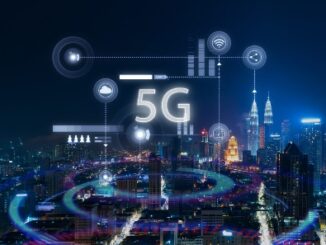
The access component of 5G refers to the part of the 5G network that facilitates the connection between end-user devices (such as smartphones, IoT devices, […]

5G networks represent a significant evolution in wireless communication technology, bringing with them a variety of complexities that arise from their advanced architecture, capabilities, and […]
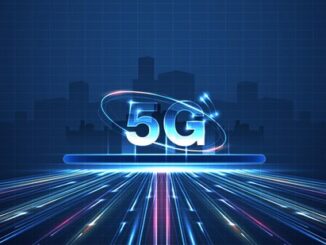
5G technology represents a trade-off in several ways, balancing various factors that can impact its deployment, performance, and user experience. Here are key aspects of […]
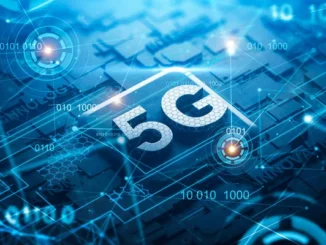
5G (Fifth Generation) is a wireless network technology that offers higher speeds, lower latency, and greater connectivity compared to its predecessors, namely 4G. It is […]
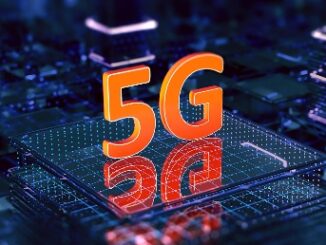
Cloud-based solutions refer to services and applications that are hosted on remote servers and accessed via the internet, rather than being stored locally on a […]

A 5G backhaul network plays a crucial role in the overall architecture of 5G telecommunications systems. It is the component that connects the radio access […]
Copyright © 2025 | WordPress Theme by MH Themes